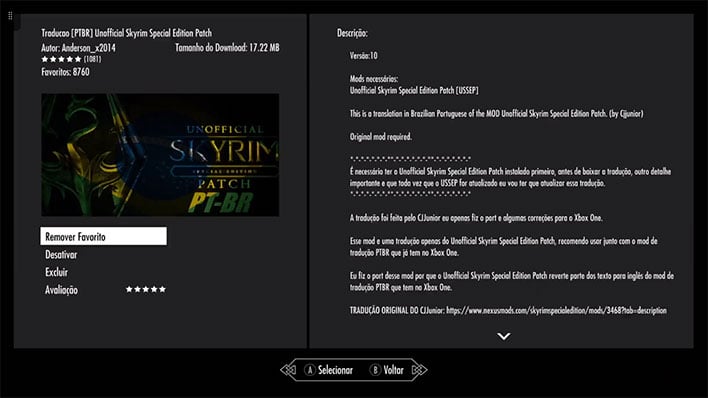Microsoft's xCloud Game Streaming Looks Better On Windows Than Linux, But Why?

Game streaming services are gaining steam as viable alternatives to spending big money on decked out PCs and dedicated gaming consoles, and they've come a long way in a relatively short time. One of the benefits is they're mostly platform agnostic. Or they should be—there are multiple reports that Microsoft's Xbox Cloud Gaming service looks noticeably worse on Linux systems than it does on Windows.
This was brought to attention on Reddit where Spiritual-Ad2806 said they noticed that the image quality appeared lower in Ubuntu and Manjaor compared to Windows. Suspecting they weren't just imagining things, they decided to alter the browser user agent strings to spoof running Linux on the same PC.
"A few days ago I noticed that when I play on Linux (Ubuntu or Manjaro) the image quality is lower than when I play on Windows. So I decided to do a test using the Edge browser with the User-Agent Switcher and Manager extension changing the user-agent for Windows 10 with Edge 103 on my Manjaro. As incredible as it may seem, the quality was much higher, getting the same quality as Windows without Clarity Boost turned on," the user wrote.
They also shared a couple of comparison screenshots...
Windows user agent (Source: Reddit)
As you can see in the screenshots posted to Reddit, the text and graphics are blurrier in the Linux example. This might not be an issue in fast-moving games, but if you're stopping to appreciate the graphics in any particular title, we could see where this would be frustrating. That and the fact that there does not appear to be a good reason for this to happen.
It's not just the Reddit user, either. The folks at Arstechnica ran their own tests and confirmed the finding with a few examples of their own.
"To compare how xCloud handles a Linux machine vs. a Windows machine, an Edge extension was used during testing to force the browser's User-Agent string to present itself as a Linux browser," the site explains.
You can check out the site's gallery for more examples, but it's clear that images look worse on Linux with fuzzier text and washed out graphics. What's odd is that enabling Microsoft's Clarity Boost in its Edge browser fixes the problem.
Some have speculated that this is intentional on Microsoft's part, as a means of incentivizing Linux users to switch over to Windows. That's a risky tactic, though, and the same phenomenon isn't observed when using a Macintosh user agent string. Microsoft could also be trying to favor its own Edge browser, but that leaves the question of why this really only shows up in Linux.
One plausible explanation is that Microsoft assumed most Linux detections would be Android devices with smaller screens. In such cases, the image degradation wouldn't be as noticeable, and this would save bandwidth. Or it might not be intentional at all and could simply be a bug.
Microsoft hasn't commented on the issue yet, so we'll have to wait and see what develops.



